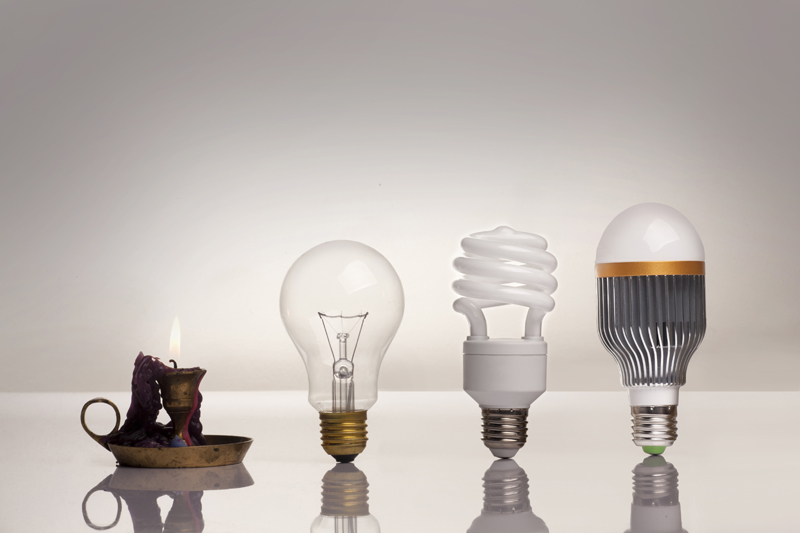Time to Shine - Solar Book Review

This is an odd little book, and much as I love studies of off-the-grid home technology, I am not sure what this is for. It reads like a White Paper on the technical workings of solar technology.
In the introduction, the author assets that Time To Shine can function as a 'coffee table book', by having people look at the pictures. Truthfully, there are very few photos to look at. The photos extant are smallish, grainy and somewhat dull. They mostly serve to illustrate the technology being discussed instead of being aspirational. The tables and charts are interesting, but not in a casual way - they would be specifically useful for serious study. In a few ways, perhaps, this is most like a short textbook, or a slightly casual reference manual. Or not. I'm really having trouble categorizing who exactly this book is targeted for.
Marketed as a primer on solar energy, I have to admit I've seen this done better elsewhere.
The author attempts to make the reading less dense and more lighthearted through adding italicized passages by a fictitious 'alert reader'. Some of these passages are successful. Some are just strange. The syntax is frequently incorrect, as English is not the writer's first language. Actually, the entire book is a little off - the tonal changes between casual and scholarly are sudden and bizarre. The author comes across as trying too hard to be cool.
I'm probably making Time To Shine sound worse than it is. There is no doubt this is a well-researched book. The author knows his trade. Some parts are certainly readable. Good - yet too brief - discussions: window glazing, thermal gain/daylighting/free cooling, the differences between active and passive solar energy, and solar cookers/sterilizers/dryers.
The Solar PV chapter examines creative uses of emerging solar capabilities. It's fun to consider the incorporation of PV into backpacking or sailing fabrics, roofing materials, and even camel covers. I like the Solar Casbah concept.
In the end, the author posits, zoning for solar tech is an idea that needs to be implemented now, as is already happening in some areas of the EU and in Davis, California. Existing settlements are at a disadvantage in terms of solar exposure: vertical modern cities will face great challenges going forward. The suburbs, surprisingly, afford great potential, and so do third world countries.
I wish more of this kind of thoughtful design planning/implementation had been introduced.
I run much of my home on solar power already, but this book would not have been an asset in setting any of that up. If you are looking for ways to solarize your house, business or life's endeavors, this isn't that type of book.
NOTE: this book was sent to me free for review purposes.
In the introduction, the author assets that Time To Shine can function as a 'coffee table book', by having people look at the pictures. Truthfully, there are very few photos to look at. The photos extant are smallish, grainy and somewhat dull. They mostly serve to illustrate the technology being discussed instead of being aspirational. The tables and charts are interesting, but not in a casual way - they would be specifically useful for serious study. In a few ways, perhaps, this is most like a short textbook, or a slightly casual reference manual. Or not. I'm really having trouble categorizing who exactly this book is targeted for.
Marketed as a primer on solar energy, I have to admit I've seen this done better elsewhere.
The author attempts to make the reading less dense and more lighthearted through adding italicized passages by a fictitious 'alert reader'. Some of these passages are successful. Some are just strange. The syntax is frequently incorrect, as English is not the writer's first language. Actually, the entire book is a little off - the tonal changes between casual and scholarly are sudden and bizarre. The author comes across as trying too hard to be cool.
I'm probably making Time To Shine sound worse than it is. There is no doubt this is a well-researched book. The author knows his trade. Some parts are certainly readable. Good - yet too brief - discussions: window glazing, thermal gain/daylighting/free cooling, the differences between active and passive solar energy, and solar cookers/sterilizers/dryers.
The Solar PV chapter examines creative uses of emerging solar capabilities. It's fun to consider the incorporation of PV into backpacking or sailing fabrics, roofing materials, and even camel covers. I like the Solar Casbah concept.
In the end, the author posits, zoning for solar tech is an idea that needs to be implemented now, as is already happening in some areas of the EU and in Davis, California. Existing settlements are at a disadvantage in terms of solar exposure: vertical modern cities will face great challenges going forward. The suburbs, surprisingly, afford great potential, and so do third world countries.
I wish more of this kind of thoughtful design planning/implementation had been introduced.
I run much of my home on solar power already, but this book would not have been an asset in setting any of that up. If you are looking for ways to solarize your house, business or life's endeavors, this isn't that type of book.
NOTE: this book was sent to me free for review purposes.

Related Articles
Editor's Picks Articles
Top Ten Articles
Previous Features
Site Map
Content copyright © 2023 by Jill Florio. All rights reserved.
This content was written by Jill Florio. If you wish to use this content in any manner, you need written permission. Contact Jill Florio for details.


